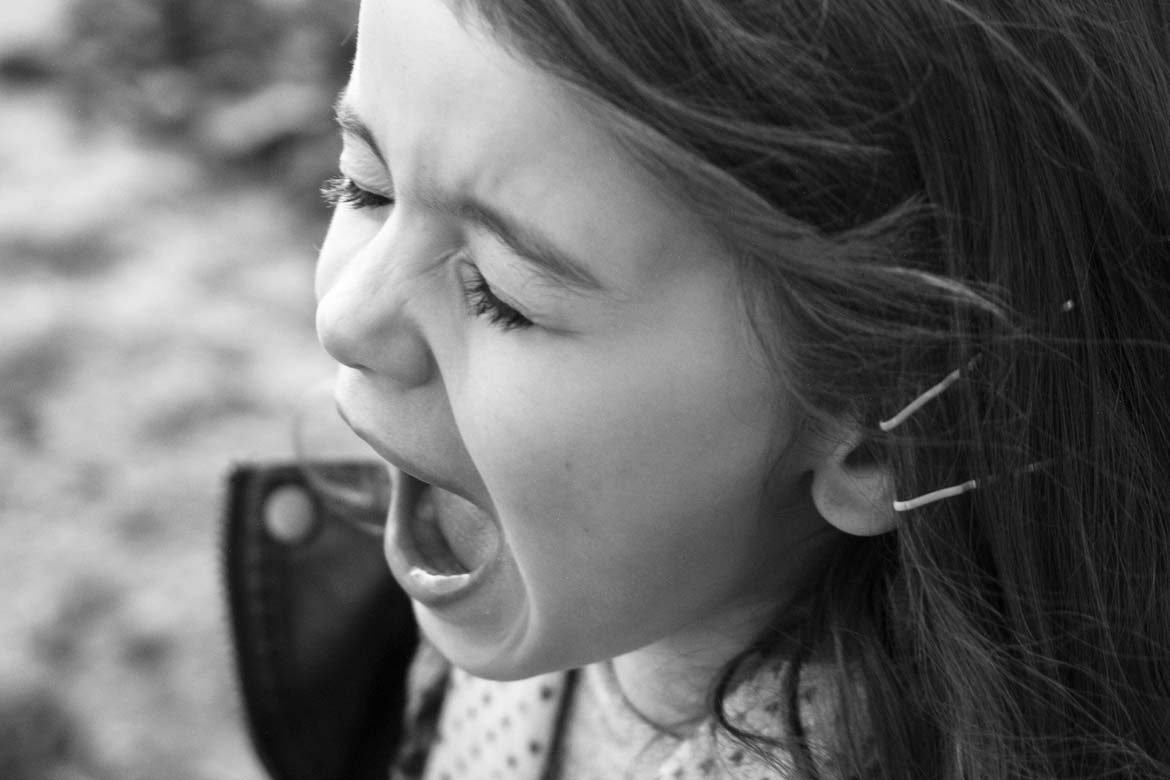By Hannah Schenker
What should you say to someone who is crying? Your partner, your friend, your child? Although we have the best of intentions, in general we are not comfortable with emotional expression, especially tears, and the words “Don’t cry!” often fly out of our mouths without thinking.
But here’s the interesting thing: crying serves a very important purpose. We cry for very good reasons, and our children are no exception. Crying is a way for the body to release tension, making use of our body’s innate recovery system. Tears are composed of stress hormones, so it makes sense to let them out, so we can get back to a place of equilibrium.
Telling someone not to cry also goes some way to invalidate their feelings and emotions, teaching them that bottling them up is acceptable, and letting them out is not. This bottling up can create much bigger and even more out of context outbursts later, so it’s really in nobody’s best interest to do this. This is especially important for our boys, who are up against generations of strict social conditioning to remain stoic and not emotional, even when they are feeling anything but.
So what should you do when your child is crying and your first instinct is to get them to be quiet by telling them not to cry? It may not be clear straight away whether they’re crying from physical pain or emotional pain. It may be a “tantrum” or it may be from falling down – but the tears are valid all the same.
Firstly, try just being with them. You actually don’t have to say anything in the first instance. You can communicate to them, without saying a word but through your presence, that you are here for them, they have support, you are listening when they want to talk, if they want to talk. If it’s your baby that is crying, perhaps this will give you time to assess the situation to try and decipher what they are trying to communicate with their cries. You might even offer reassurance here.
When you want to offer something reassuring:
“I can see you are really upset.”
“We all need to cry sometimes.”
“I’m sorry things feel really hard right now.”
“I’m right here.”
If you know what the issue is, you can acknowledge their feelings:
“I know you really wanted that…icecream/toy/phone…”
“I understand that you don’t want to go to school/your friend’s/the doctor…”
“Let’s have a good look at your sore finger/stubbed toe/bumped head, that must really hurt…”
Remind them that it won’t always feel like this:
“You will be able to have icecream again another day.”
“It won’t feel like this forever.”
“Your body knows how to heal this up.”
“I know you’ll be able to figure this out.”
“Daddy will be home later, he always comes home later.”
“I think you can still have some fun today.”
It can be tempting to put your words in their mouth, so try to let them describe what’s happening in their own words, avoiding labelling their emotions if you can. While you can acknowledge their upset, you might try to avoid saying “I can see you’re angry/sad/afraid”. Instead you might say “I can see this is hard for you”, thus allowing them to continue releasing the emotions without firing up their thinking brain too much.
It’s also all too easy to fall into fixing, distracting and reasoning – which again takes them away from the process of releasing the emotions. Some examples: “OK, OK – you can have icecream tonight”, or “Shall we go and see if Daddy has finished his work yet?” or “But you already went to play with your friend yesterday!”
Try also to avoid rewards or punishments in order to stop the crying, or shaming them for their feelings.
Of course these kinds of things may just fly out of our mouths in the heat of the moment, so don’t beat yourself up if you are doing ALL of these things! This is really just a chance to start looking at what we are doing when our children cry, and seeing what ways we might be able to adjust our responses. So that they can release that pent up emotion, and you can both build stronger, healthier relationships together. You might just pick one thing – like first acknowledging their tears – to try out next time your child is crying.
For further reading, take a look at Hand in Hand Parenting for some great resources.
Hannah Schenker is a freelance writer, editor and regular contributor to The Natural Parent Magazine. She lives with a touch of magic in Golden Bay, New Zealand.











